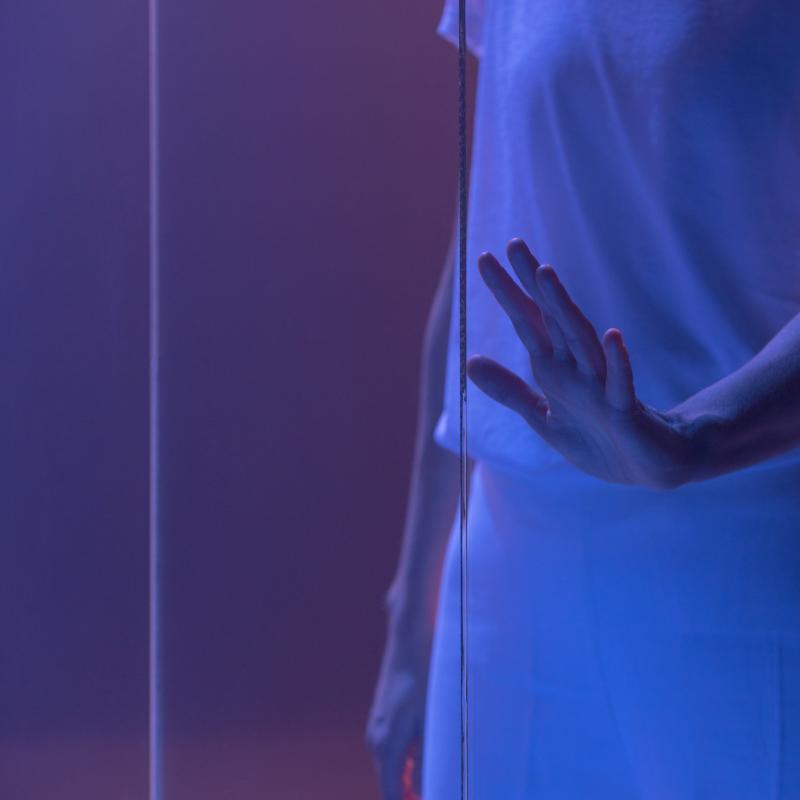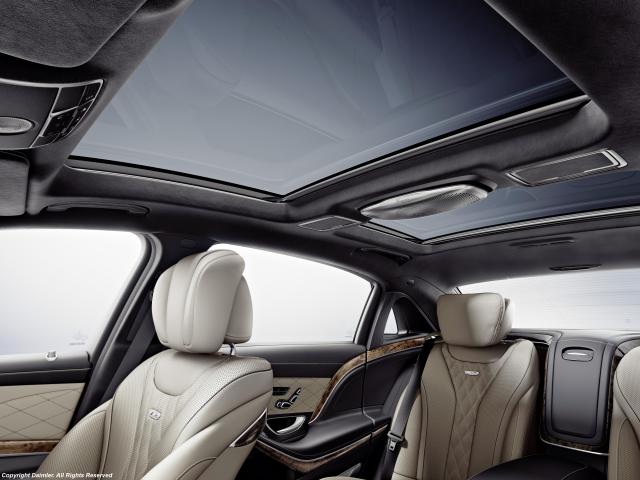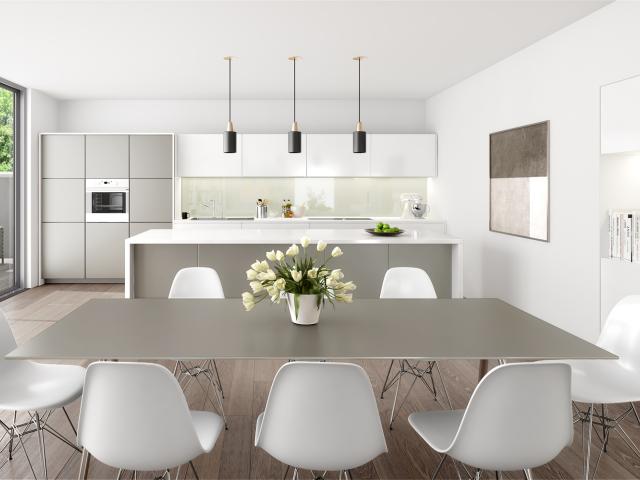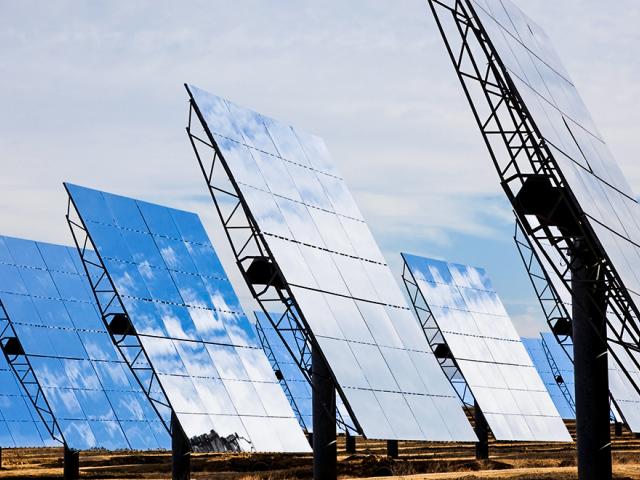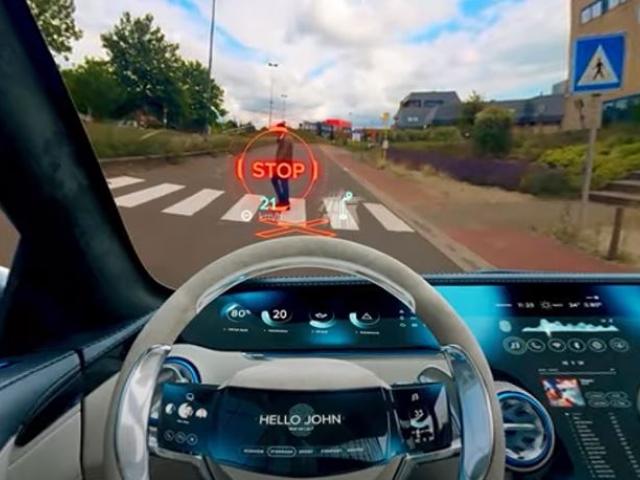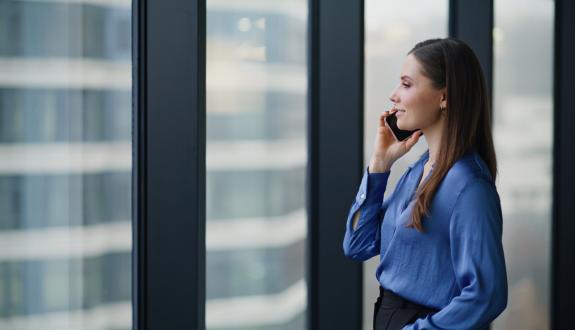Comfort and energy control
Coated glass, whether laminated or assembled into double or triple glazing, gives increased protection against cold (by reflecting heat back into the building) and against heat (by reflecting away the rays of the sun). In fact both functions are generally combined, thus assuring not only better energy control but also protection of the environment. Such types of glass make an important contribution to "zero energy" buildings while letting in daylight everywhere. In the automotive industry they reduce heating in the passenger cell by blocking out the sun's infrared radiation.
Active glass with variable light transmission switches from clear to dark at the touch of a button. The amount of light and heat getting into the car interior can be constantly varied to suit the needs or the moods of the moment.
Safety and health
Laminated or toughened safety glass guards against injury and protects property against vandalism or break-in. Fire-resistant glass protects against fire by reducing or even entirely blocking heat radiation for anything from 30 to 120 minutes, depending on its composition. Acoustic insulation glass protects against external noise nuisance and contributes towards the health and peace of mind of the building occupants. Finally, anti-UV glass helps to prevent skin damage.
Aesthetics
Glass enhances building exteriors and the design of vehicles. Inside it contributes light and space and permits personalisation. In fact there are endless decorative possibilities for combining the aesthetic with the practical: glass can be mirrored, lacquered, screen-printed, patterned, electroluminescent, anti-reflection, highly transparent ...
Sustainable energy
Electricity can be generated by mirror glass reflecting and concentrating sunlight onto a central element connected to a generator, thus creating renewable electricity at utility scale. This is called "Concentrating Solar Power" (CSP). The mirror glass in these solar power plants is to be highly reflective and extremely resistant to withstand outside conditions (sand, wind, sun).
Infotainment and communication
Glass with built-in LEDs without visible wiring can be used to create images, for example in signs (illuminated logos) or even animated images on building facades. Another application is head-up displays for cars, where the instruments appear to float in the windscreen. Glass with built-in antennae permits a range of services (traffic information, entertainment etc.) and connects between one vehicle and another or between the vehicle and roadside infrastructure. Finally, the protection and light transmission properties of glass come into their own in high-tech touchscreen applications.
